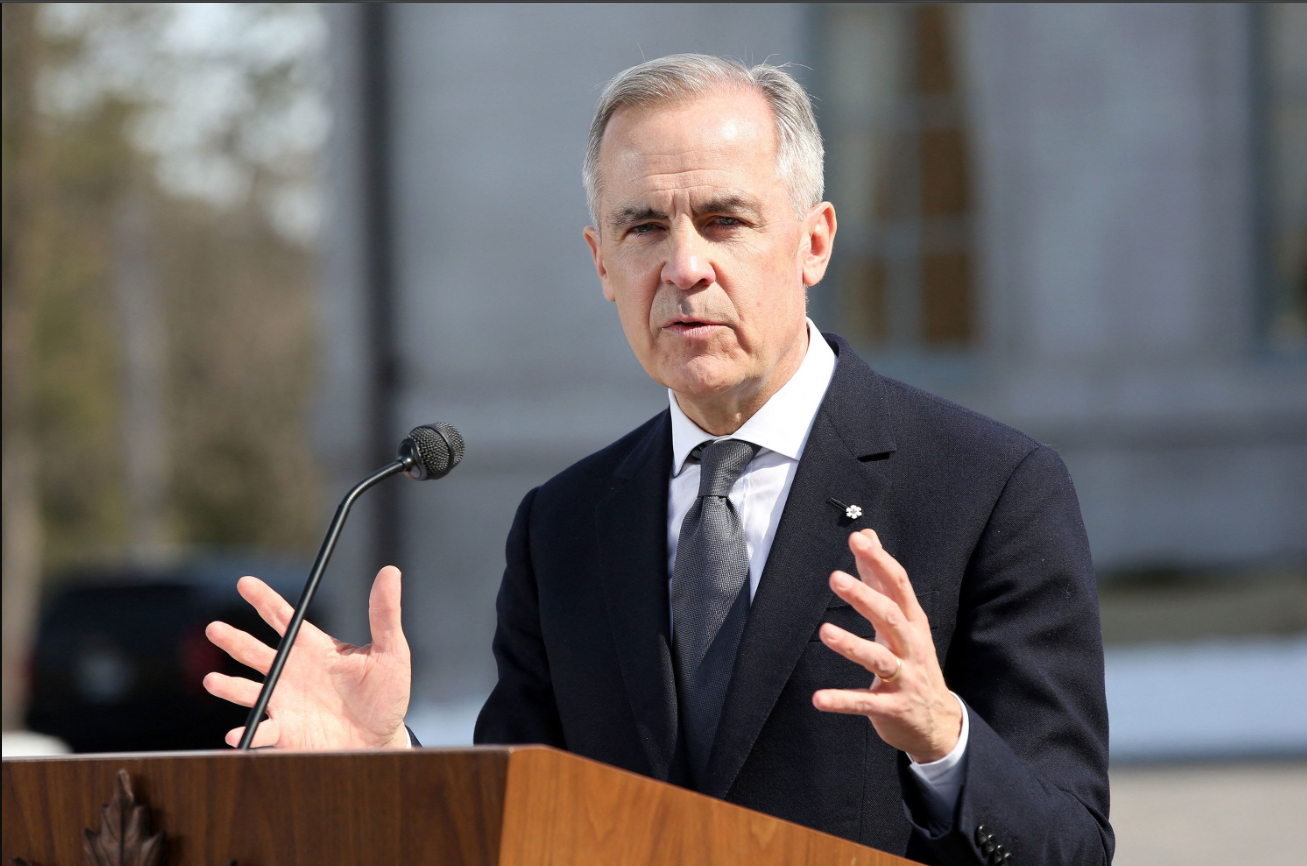Physical Address
304 North Cardinal St.
Dorchester Center, MA 02124
Physical Address
304 North Cardinal St.
Dorchester Center, MA 02124

Mark Joseph Carney was born on March 16, 1965, in Fort Smith, a small town in Canada’s Northwest Territories. His father was a school principal, and his upbringing was modest, shaped by Canada’s cold climate and a strong sense of community responsibility. Carney later moved to Edmonton, Alberta, where he attended St. Francis Xavier High School.
From early on, Carney displayed an unusual interest in economics and global affairs. He studied economics at Harvard University, graduating with high honors in 1988. He then went to Oxford University, where he earned both a Master’s degree and a Doctorate in Economics. His doctoral research focused on currency and exchange rates — foreshadowing his future role in managing some of the world’s most powerful economies.
Carney began his professional journey at Goldman Sachs, where he worked for over a decade. His postings included London, Tokyo, New York, and Toronto. This gave him hands-on experience with international markets, government bonds, and emerging economies. Unlike many academics who move into finance later, Carney had the rare advantage of combining top-tier theory with practical Wall Street expertise.
Interesting fact: During his Goldman Sachs years, he was directly involved in advising the Russian government during its financial crisis in the 1990s. This gave him firsthand experience with the fragility of economies and the dangers of mismanaged transitions.
In 2008, Carney became the youngest Governor of the Bank of Canada at the age of 43. Just months after his appointment, the world was hit by the Global Financial Crisis. Carney’s quick decisions — including cutting interest rates and ensuring liquidity in the Canadian banking system — helped Canada avoid the worst effects of the crisis.
Under his leadership, Canada became the only G7 country that avoided a banking collapse. His policies earned him worldwide recognition, and Time Magazine named him one of the world’s most influential people in 2010.
In 2013, Mark Carney made history by becoming the first non-British person ever appointed as Governor of the Bank of England. He took charge during turbulent times, including the aftermath of the Eurozone crisis and the shockwaves of the Brexit referendum.
Carney became known in the UK as the “unflappable Canadian” — a calm, pragmatic figure who provided stability when British politics seemed chaotic. His approach earned him the respect of many but also criticism from some pro-Brexit politicians who accused him of being “too gloomy” about the risks of leaving the EU.
After leaving the Bank of England in 2020, Carney turned his focus to the fight against climate change. He was appointed the UN Special Envoy on Climate Action and Finance, where he worked on channeling trillions of dollars into green investments.
He co-founded GFANZ (Glasgow Financial Alliance for Net Zero), which brought together over $130 trillion in private capital to push for net-zero emissions. His speeches often emphasized that “climate risk is financial risk”, urging businesses to adapt or face collapse.
Fun fact: Carney was featured in Netflix’s documentary “Breaking Boundaries” as one of the key voices linking economics with environmental sustainability.
For years, rumors circulated that Carney might enter politics. He was close to Canada’s Liberal Party and was often seen as a potential successor to Justin Trudeau. In March 2025, after Trudeau stepped down, Carney won the Liberal leadership and soon became Canada’s 24th Prime Minister.
What makes his rise unique is that Carney had never held elected office before becoming PM. His background is purely economic and financial, making him one of the rare technocrats to move directly into the highest political office.
Since taking office, Carney has emphasized three main priorities:
He has already announced Canada’s participation in a new wave of sanctions against Russia and pledged strong support for Ukraine.
Mark Carney’s journey from a small town in Canada to the world’s financial capitals and now to the Prime Minister’s Office is extraordinary. He has already shaped the future of global finance, climate policy, and now Canadian politics. As Prime Minister, Carney faces enormous challenges — but his track record suggests he thrives in moments of crisis.
His story is not just one of success but also a reminder that expertise, discipline, and vision can redefine leadership in the modern world.
Never felt more secure.
With this man at the helm Canada is now ready to live up to its great potential.
I think he will be good for Canada